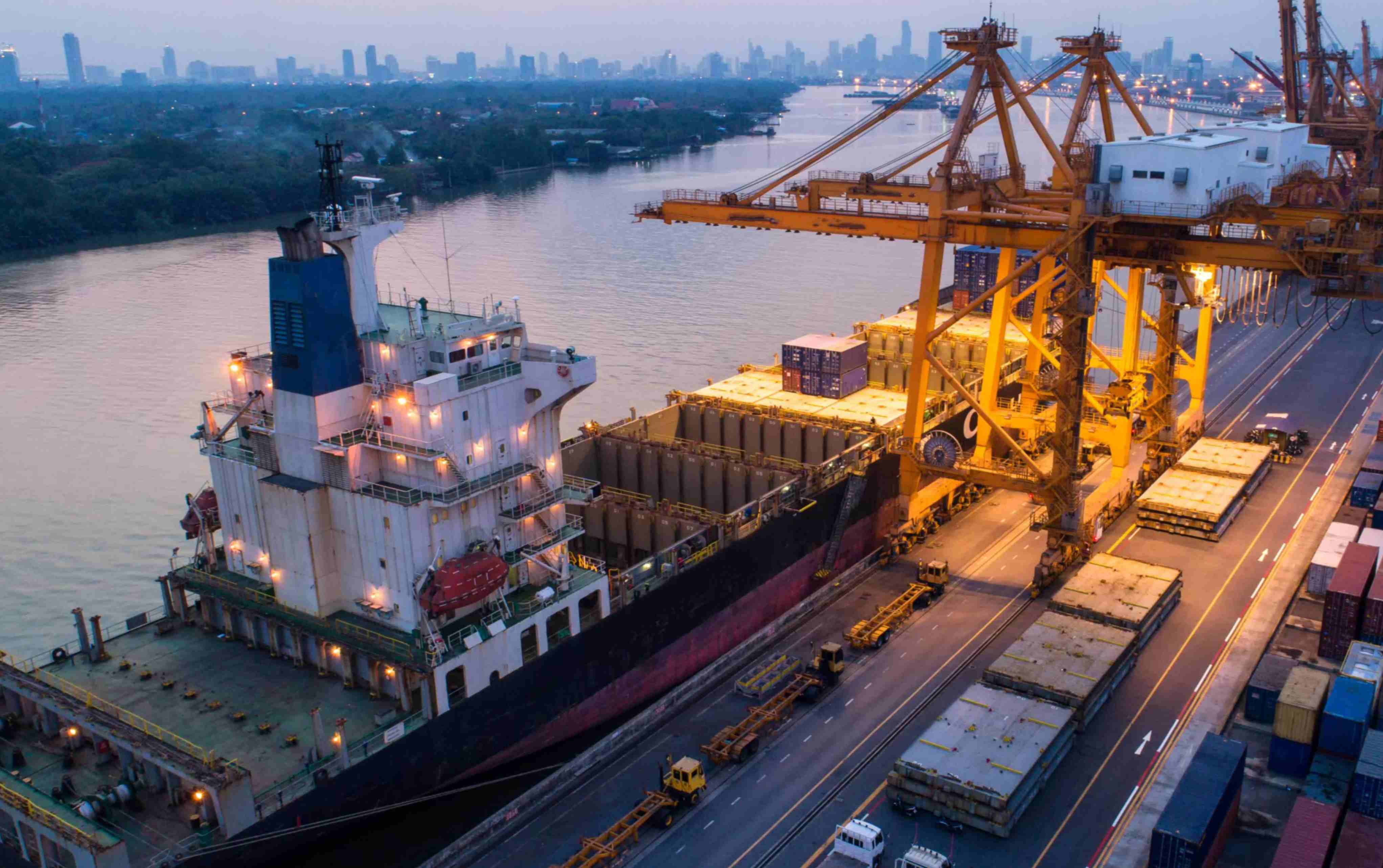
Call for Action: Resilience for Seaport Infrastructure in the Indo-Pacific Region
Session Objective
The session will have addresses/ statements by high-level representatives followed by a joint statement on ‘Call for Action’.
Session Overview
Disaster events reported per year have increased significantly in the last two decades, according to the UN Global Assessment Report on Disaster Risk Reduction (GAR) 2022. Throughout the latter half of the 20th century, there has been a notable surge in disasters and their far-reaching consequences.
The Indo-Pacific region is home to over half of the world's population. The region contributes to more than one-third of the global GDP, thus establishing itself as a pivotal component of the international landscape. The region's strategic geographical location, coupled with abundant maritime resources and intricate network of trade routes, renders it a prominent focal point on the global stage. It is also worth noting that maritime transport plays a vital role in supporting the economies of island nations and low-income coastal states.
Climate change has its own cascading implications on seaport infrastructure across the Indo-Pacific region. According to a World Bank study, the cost of climate change-related damage to seaports in the Indo-Pacific region could reach an estimated USD 100 billion by 2050. This encompasses the expenses associated with infrastructure damage, cargo losses, and economic disruptions due to trade interruptions. This overarching pattern of escalating economic losses due to disasters underscores their inadequate preparedness to confront potential damages and socio-economic setbacks stemming from climate change and natural hazards in the future.
With clear commitments to action and disaster-preparedness, intensive and timely investments for seaport infrastructure indicates the region's growing importance in the global economy. It is also a sign of the region's commitment to improving its infrastructure, thereby boosting its economic growth. As per a study, in 2020, the Indo-Pacific region accounted for 40 per cent of global port investment. The average annual investment in seaports in the Indo-Pacific region is expected to grow by 5 per cent to 7 per cent over the next five years.
Understanding the vulnerabilities and risks facing the seaport infrastructure, there is a need to undertake appropriate assessments to increase technical capacity and develop climate and disaster risk management strategies for seaport infrastructure. These efforts should be directed toward enhancing disaster preparedness and bolstering adaptive capacities for both existing and planned seaports infrastructure.
It is also essential to recognize that the endeavor to establish resilient infrastructure across various sectors cannot be pursued in silos. Consequently, it becomes imperative to forge partnerships and engage in collaborative efforts to holistically develop strategies and initiatives aimed at safeguarding seaport infrastructure in the Indo-Pacific region from the adverse impacts of disasters and climate change.
The Call for Action is to prompt strategic actions from Quad partners towards integrating and enhancing resilience of ports in the Indo-Pacific Region countries. This will be accomplished by providing technical support through sharing relevant climate tools, platforms, resources and expertise from Quad partners’ governments and agencies, thereby increasing resilience of port ecosystem in the region. Call for Action: Indo-Pacific Region Resilient Seaport Infrastructure Programme under QUAD provides strategic opportunity to holistically strengthen the resilience of port infrastructure through the short-term, interim, and long-term activities, leveraging existing initiatives by Quad partners and other regional forums of the Indo-Pacific.
The session will have high level representation from Quad partners to recognizing the climate risks to port infrastructure in the Indo-Pacific region and the need to support vulnerable ports in integrating and enhancing the infrastructure resilience to climate risks.
Guiding Questions
- What specific vulnerabilities does your country identify in the port infrastructure of the Indo-Pacific due to climate change? And how is it affecting the trade, economy and supply chain system, as well as investments?
- What role can international partnerships play to enhance the resilience of ports in this regard?
- How do you foresee for public-private partnerships in building climate-resilient port infrastructure in the Indo-Pacific, and how can the private sector be incentivized to invest in such initiatives?
- How does the Quad forum view the current and future climate risks in the Indo-Pacific region, particularly concerning port infrastructure?
- In what ways can QUAD members work together to promote regional integration and cooperation on climate resilience, ensuring that the benefits extend beyond individual countries to create a more robust and interconnected network of resilient port facilities in the Indo-Pacific?
- How can QUAD nations jointly contribute to capacity building initiatives aimed at enhancing the ability of Indo-Pacific countries to assess, mitigate, and adapt to climate risks affecting their port infrastructure?
